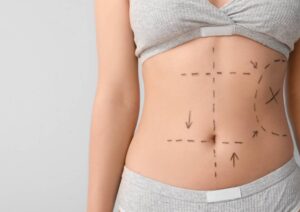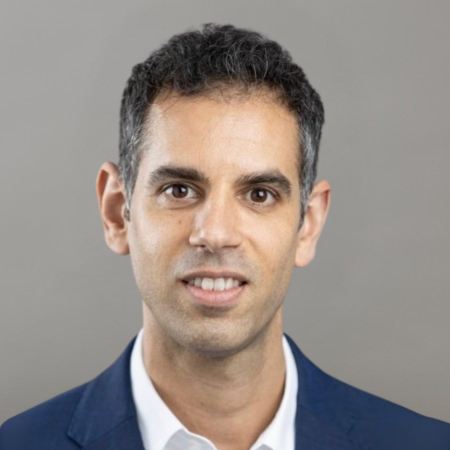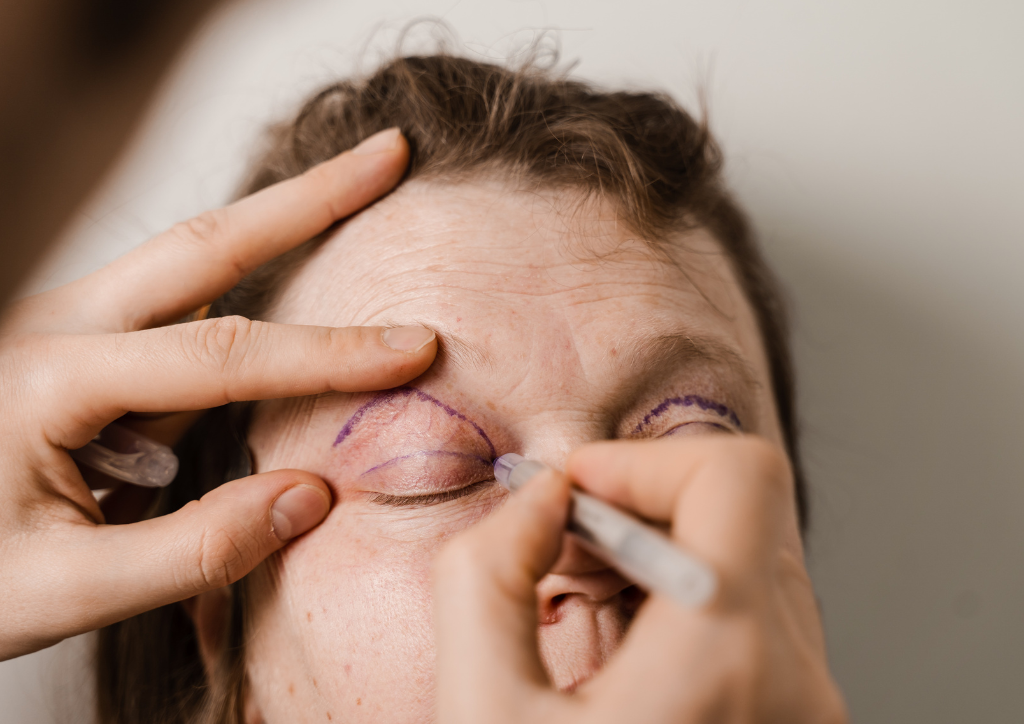
The Difference Between Upper and Lower Blepharoplasty: Which Is Right for You
Eyelid surgery, also known as blepharoplasty, is a popular cosmetic procedure aimed at rejuvenating the appearance of the eyes. Whether you’re considering upper or lower blepharoplasty, understanding the differences between the two can help determine which procedure best suits your needs. In this blog, we’ll explore the specifics of both types of eyelid surgery, their key differences, who makes a good candidate, and what to expect during recovery.
What is Upper Blepharoplasty?
Upper blepharoplasty, also known as upper eyelid surgery, focuses on removing excess skin, fat, or muscle from the upper eyelids. As we age, the skin around the eyes tends to sag, and fat deposits can accumulate, which may create a tired or puffy look. This procedure addresses those concerns by lifting and tightening the upper eyelid, creating a more youthful and refreshed appearance. Upper blepharoplasty is often chosen by individuals who experience droopy eyelids that impair vision or those seeking a more awake and bright-eyed look.
What is Lower Blepharoplasty?
Lower blepharoplasty targets the area below the eyes, focusing on removing or redistributing excess fat or skin. The lower eyelids are especially prone to puffiness or sagging due to the natural ageing process or hereditary factors. This procedure can address under-eye bags, dark circles, and excess skin, helping to smooth out the area for a more youthful and rested look. For individuals with pronounced bags or wrinkles under the eyes, lower blepharoplasty offers a solution to restore a more vibrant appearance.
Key Differences Between Upper and Lower Blepharoplasty
Understanding the differences between upper and lower blepharoplasty is crucial in choosing the right procedure for your aesthetic goals. Here, we break down the key distinctions to help you make an informed decision.
- Area of Focus:
- Upper Blepharoplasty: Targets the upper eyelids, removing excess skin and fat that causes sagging.
- Lower Blepharoplasty: Focuses on the lower eyelids, reducing puffiness or excess skin beneath the eyes.
- Procedure Type:
- Upper Blepharoplasty: Involves incisions along the natural eyelid crease to remove excess tissue.
- Lower Blepharoplasty: Can be performed with an incision either inside the eyelid (transconjunctival) or just below the lower lash line (subciliary), depending on the needs.
- Common Concerns Addressed:
- Upper Blepharoplasty: Sagging or drooping upper eyelids that obstruct vision or create a tired appearance.
- Lower Blepharoplasty: Under-eye bags, puffiness, dark circles, and sagging skin.
Who is a Good Candidate?
The ideal candidates for blepharoplasty are individuals who are in good health and have realistic expectations about the procedure’s outcomes. For upper blepharoplasty, candidates typically experience drooping upper eyelids that may impair their vision or give them a tired look. For lower blepharoplasty, those with noticeable puffiness or bags under the eyes, or those experiencing early signs of ageing, are good candidates.
Candidates should also have no active eye conditions (e.g., glaucoma, dry eyes) or other medical issues that could affect the healing process.
Risks and Recovery from Eyelid Surgery
Like any surgery, blepharoplasty comes with its share of risks. Some potential risks include;
- Infection
- Scarring
- Dry eyes
- Difficulty closing the eyelids completely (temporary)
- Changes in vision
Recovery times vary depending on the procedure and individual factors. Generally, patients can expect some swelling, bruising, and mild discomfort during the first week, but these symptoms usually subside within 10-14 days. Most people can return to normal activities after two weeks, though full recovery may take a few months.
For both upper and lower blepharoplasty, follow your surgeon’s aftercare instructions to ensure optimal healing and results. All surgical procedures carry risks. You should consult a qualified health practitioner to determine whether the procedure is appropriate for you.
Frequently Asked Questions
What is the difference between upper and lower blepharoplasty?
Upper blepharoplasty addresses the excess skin and fat in the upper eyelids, while lower blepharoplasty focuses on the lower eyelids, particularly for removing under-eye bags and excess skin.
What are the common reasons people consider lower blepharoplasty?
People often seek lower blepharoplasty to address under-eye puffiness, bags, wrinkles, and sagging skin that can create a fatigued or aged appearance.
Who may not be suitable for lower blepharoplasty?
Individuals with certain eye conditions, such as dry eye or glaucoma, may not be ideal candidates. Additionally, those with unrealistic expectations or active health conditions may need to consider other options.
Is there a typical age range when people explore upper blepharoplasty?
Upper blepharoplasty is often explored by individuals in their 40s to 60s, although age is not the only determining factor. People experiencing sagging eyelids or impaired vision may opt for the procedure earlier.
What areas does lower blepharoplasty focus on?
Lower blepharoplasty primarily targets the lower eyelids, focusing on removing or redistributing fat and excess skin to address under-eye bags, puffiness, and wrinkles.
Can I claim blepharoplasty surgery from my private health fund?
Upper blepharoplasty surgery may be claimable from your private health fund if you meet the selection criteria determined by your surgeon. Your surgeon will discuss your eligibility with you at your consultation.
Lower blepharoplasty is deemed cosmetic and is not claimable from your private health fund.
What can I expect during and after lower blepharoplasty in terms of discomfort?
During the procedure, you will be under local anaesthesia with sedation or under general anaesthesia, so discomfort should be minimal. Afterwards, mild to moderate discomfort, swelling, and bruising are common, but these symptoms usually subside after a few days to weeks.
Our Surgeons
Recent Post

Understanding Trigger Finger: Causes, Symptoms, and Treatment Options
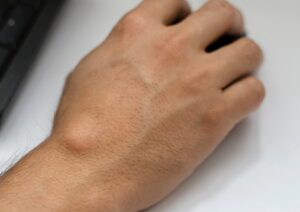
Ganglion Cyst: Symptoms, Causes & Diagnosis
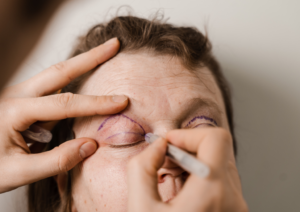
The Difference Between Upper and Lower Blepharoplasty: Which Is Right for You
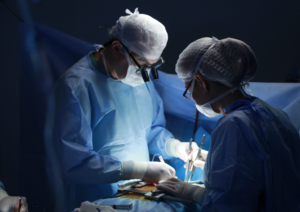
Plastic Surgery: Types, Benefits, Risks, and What to Expect in 2025
